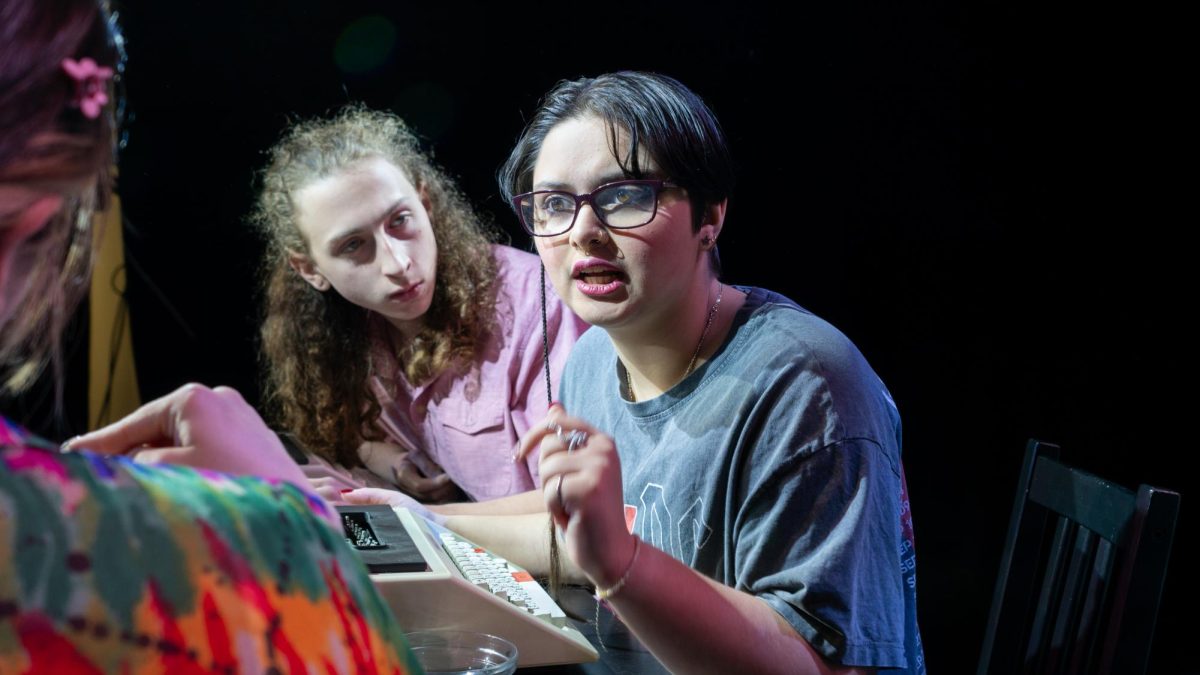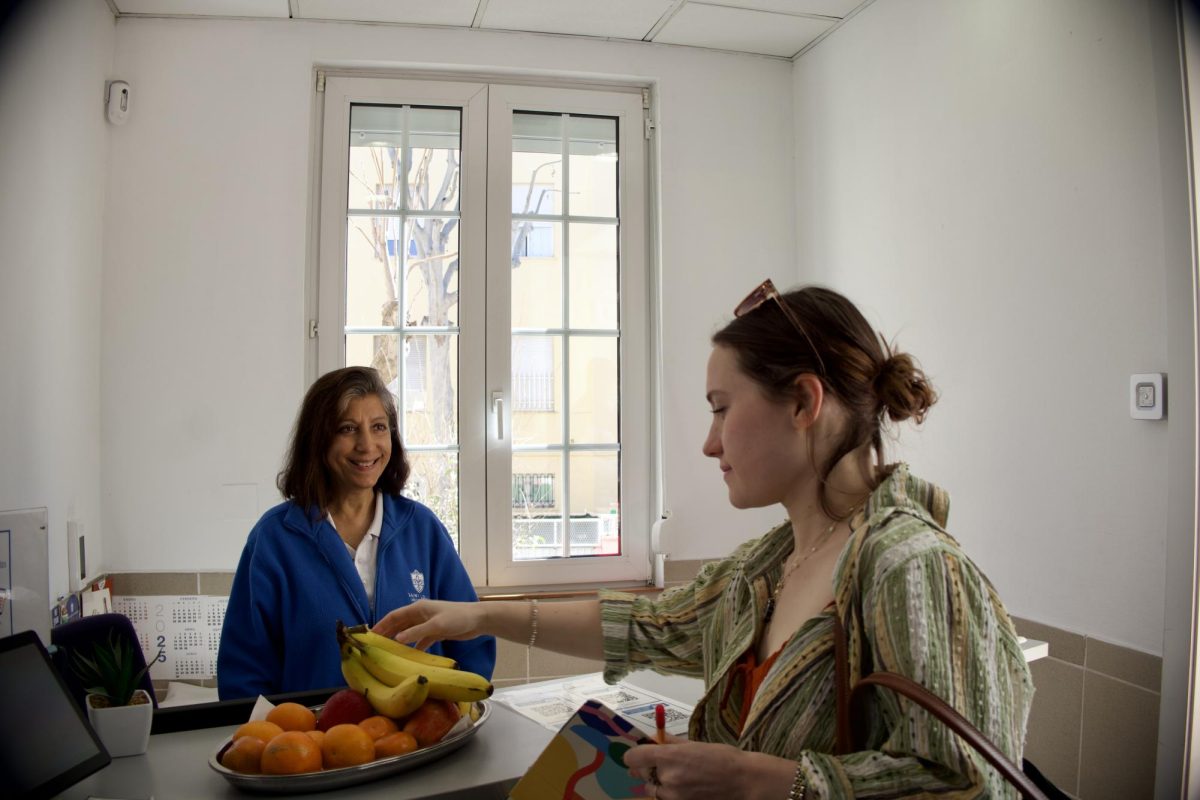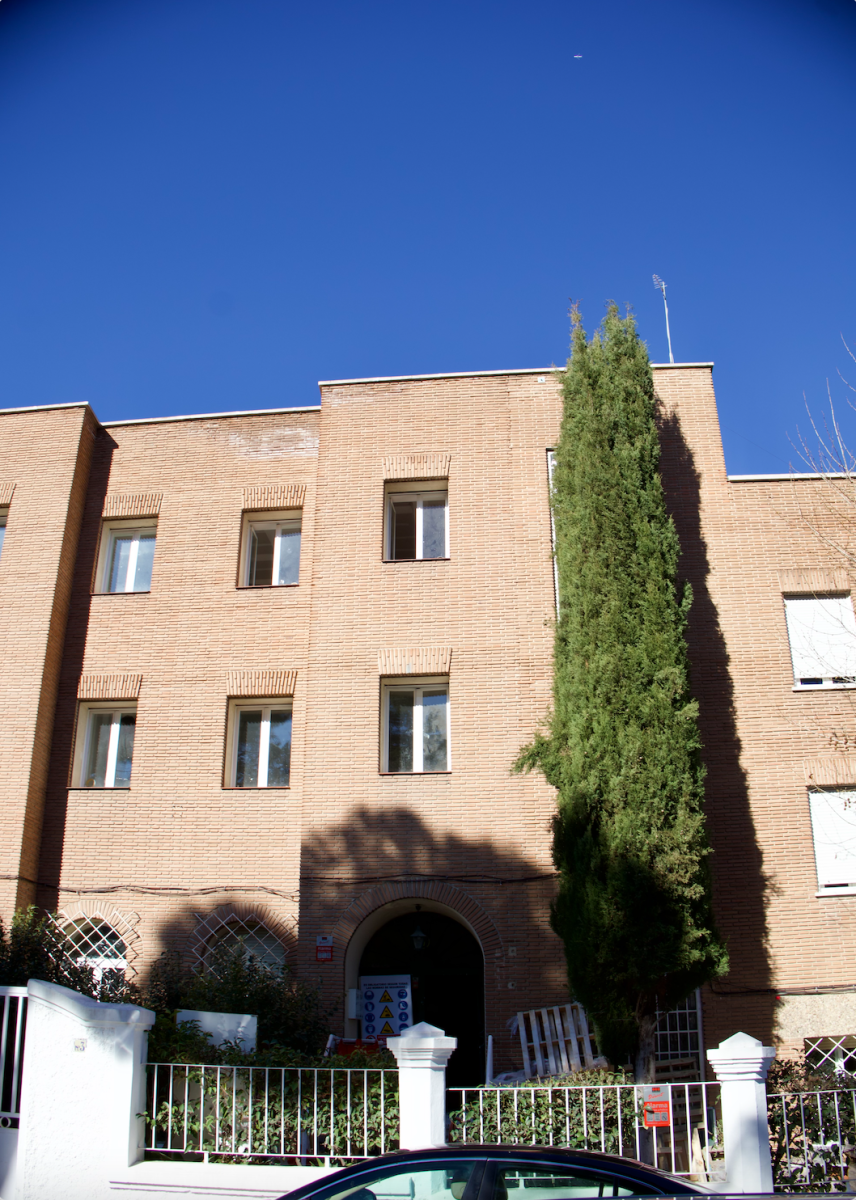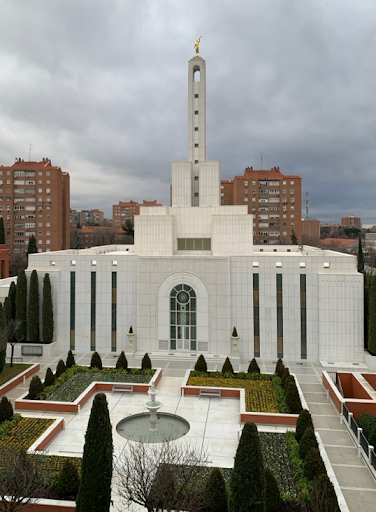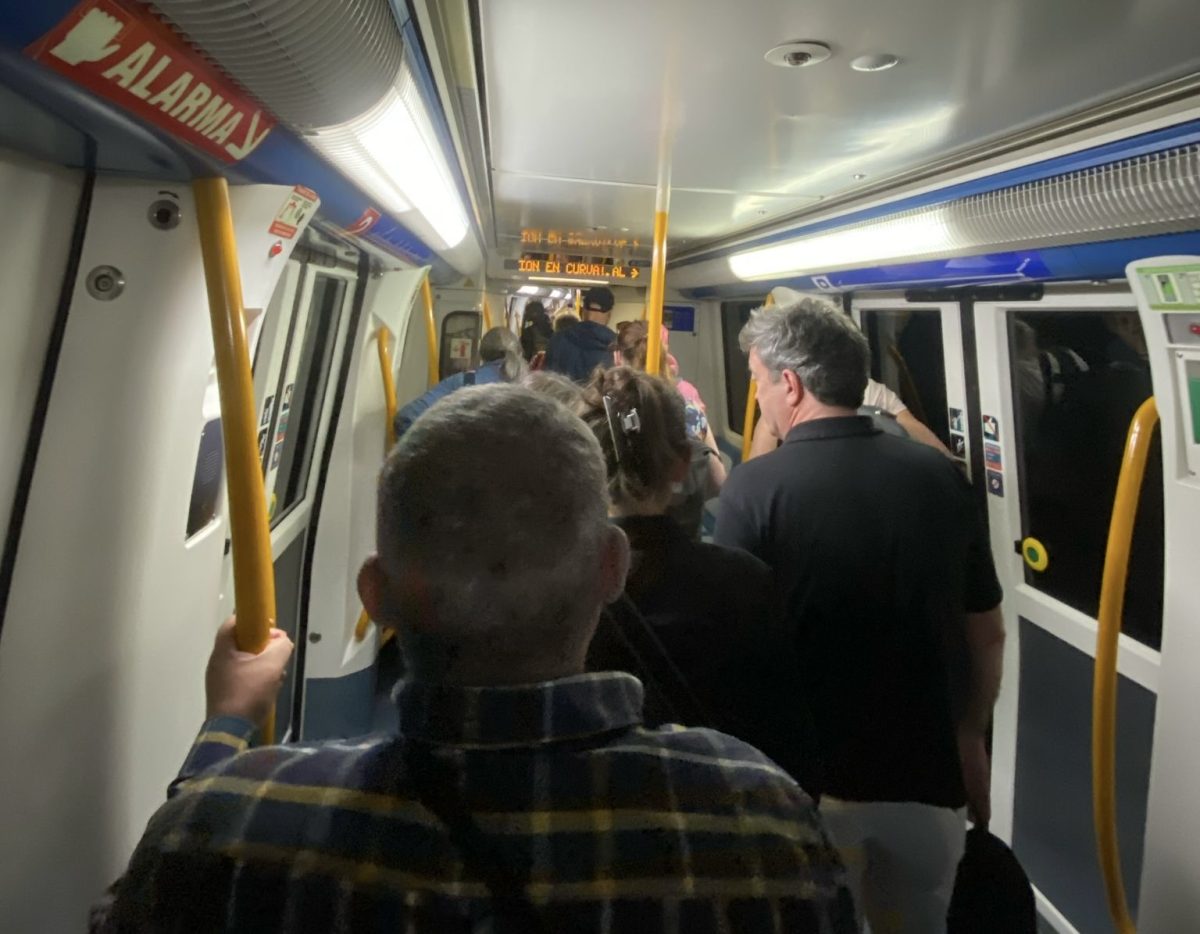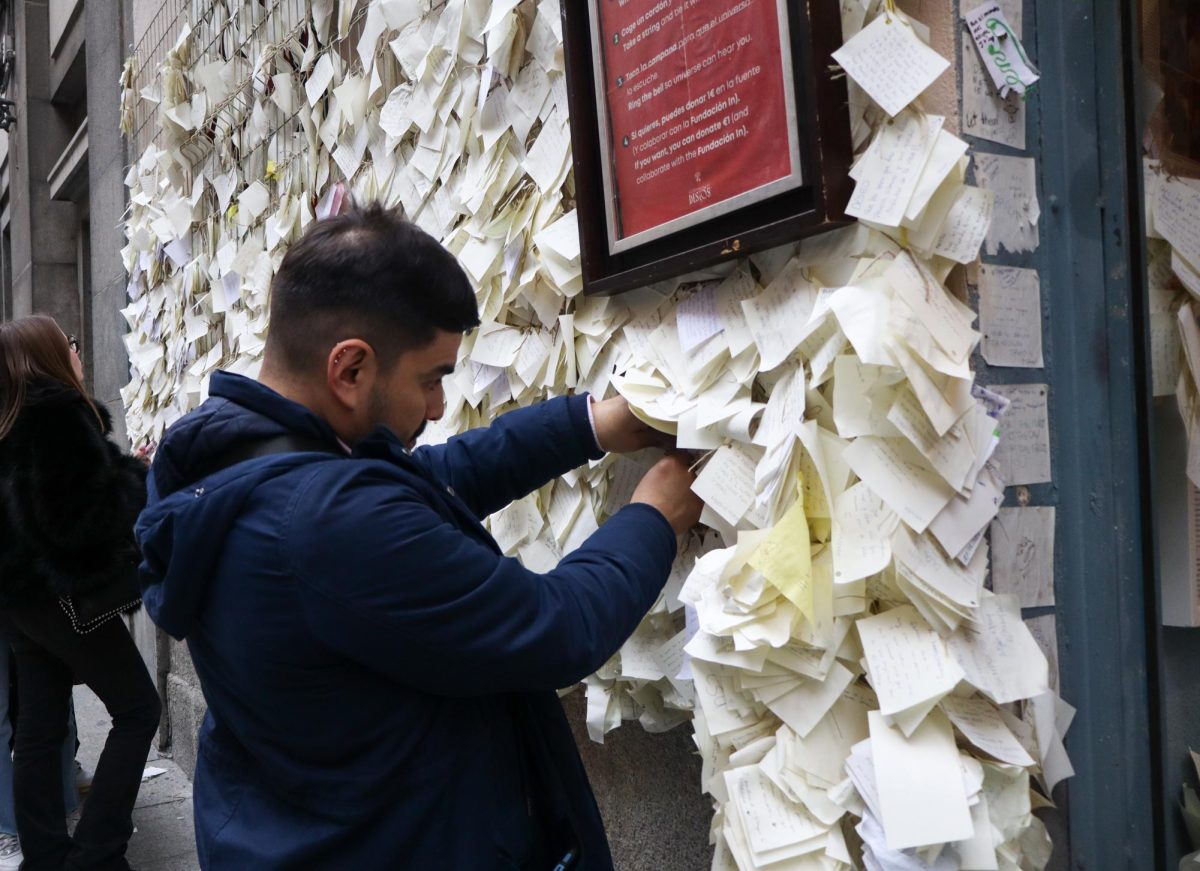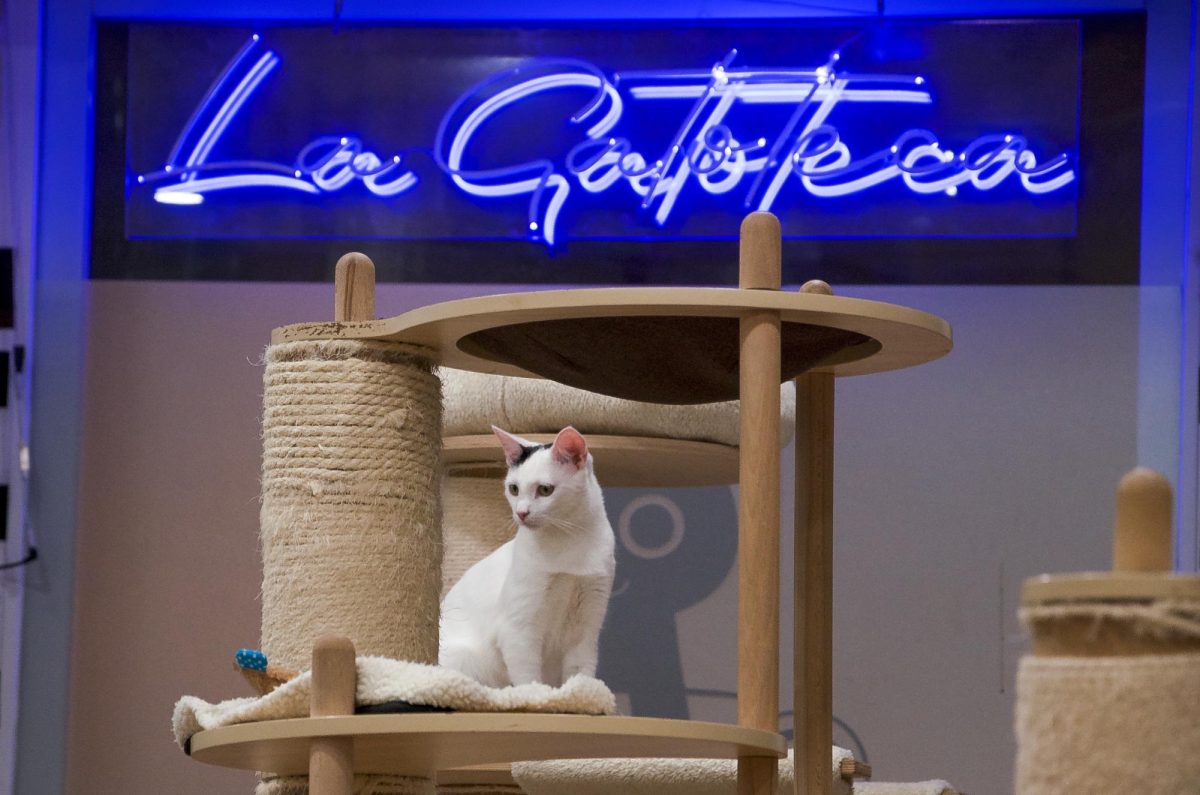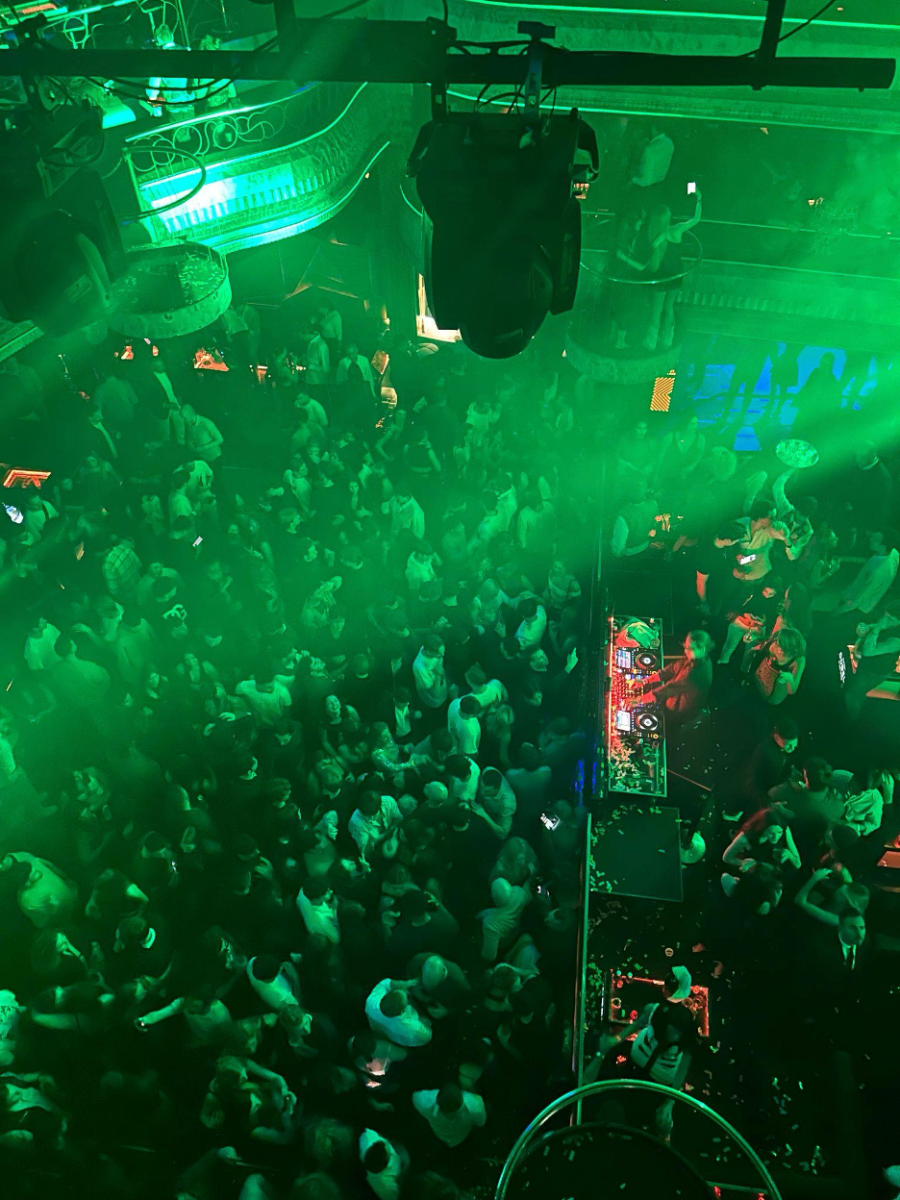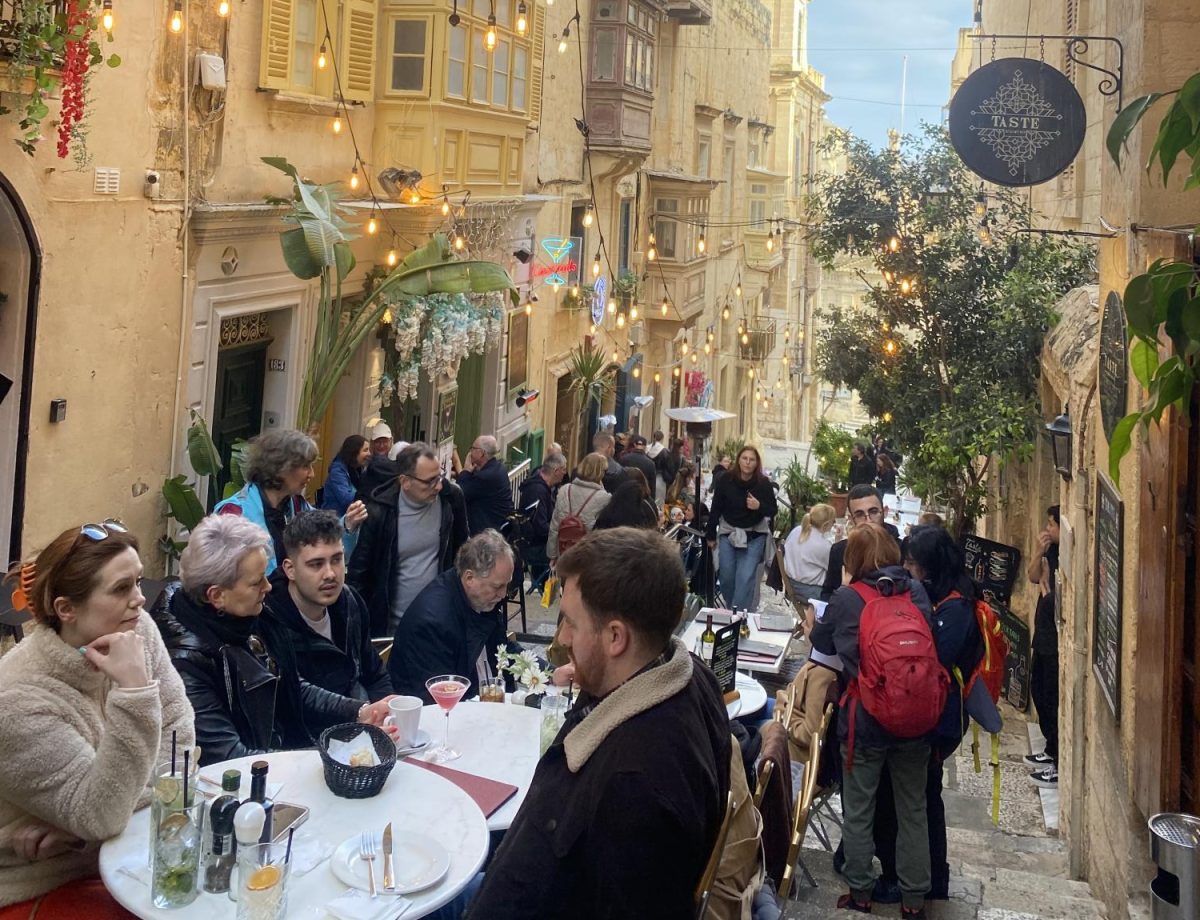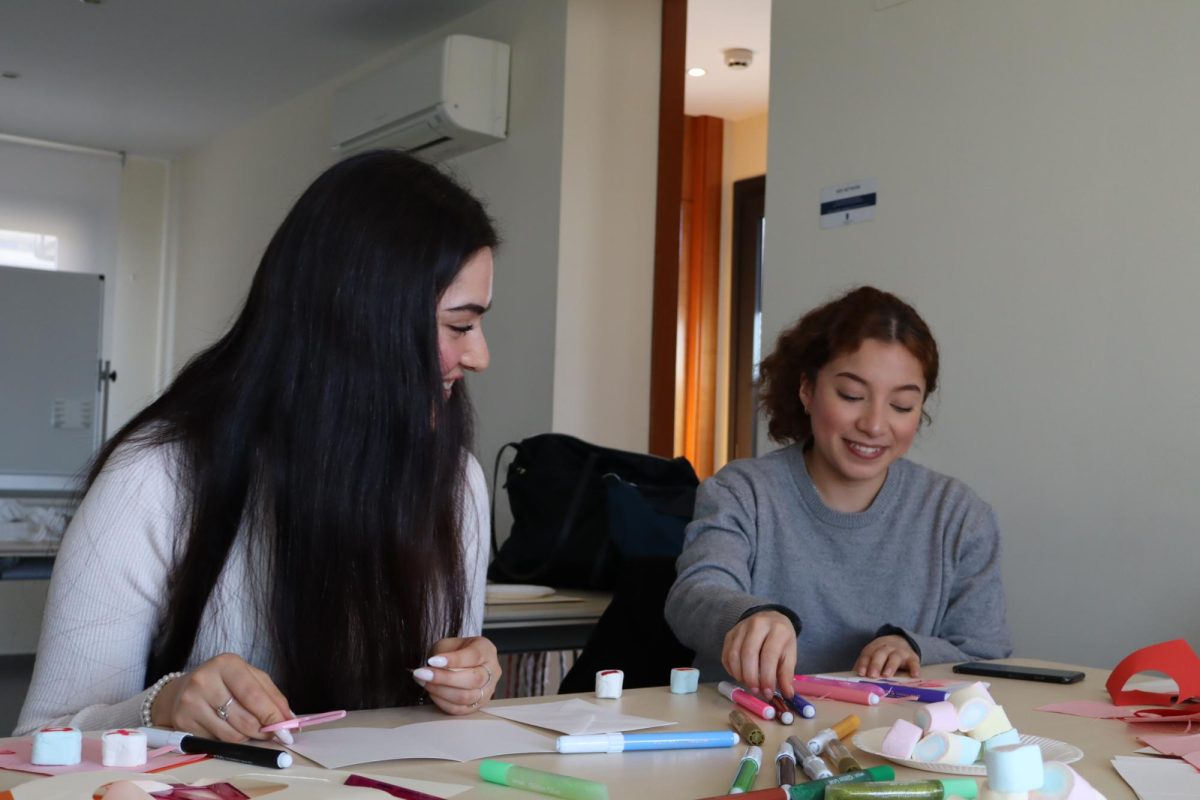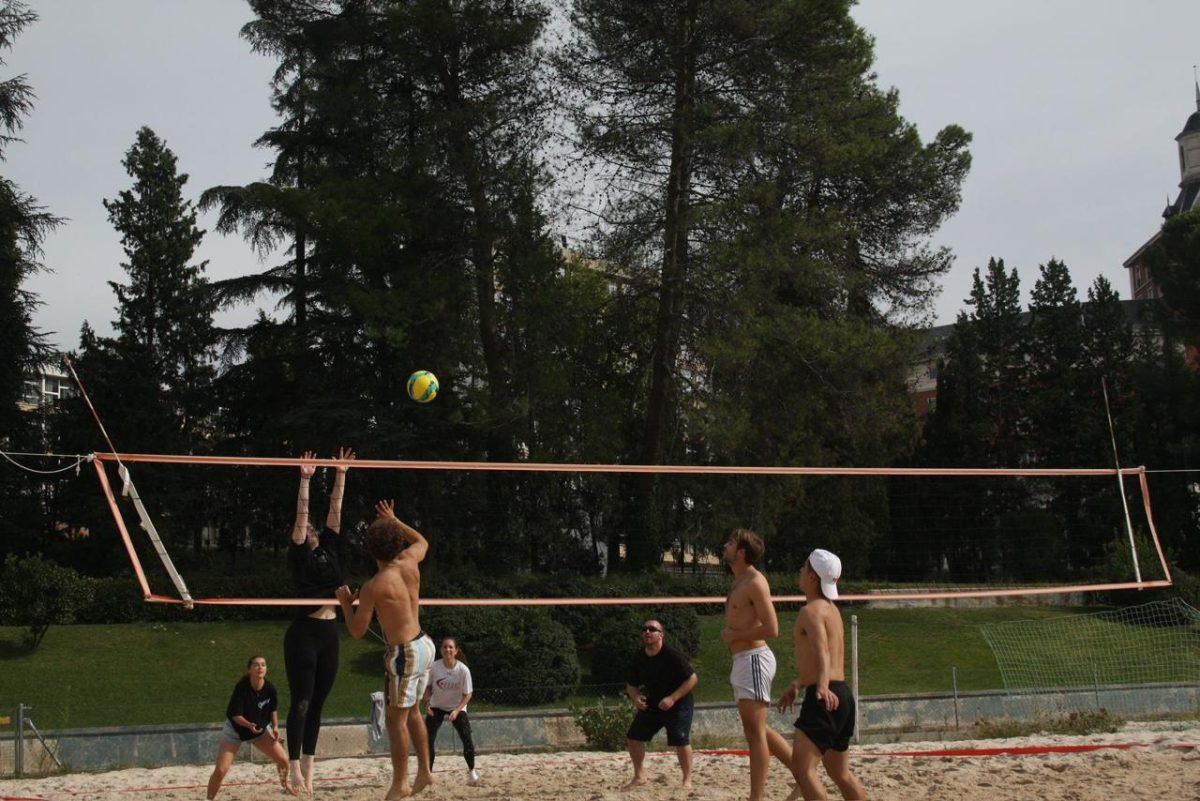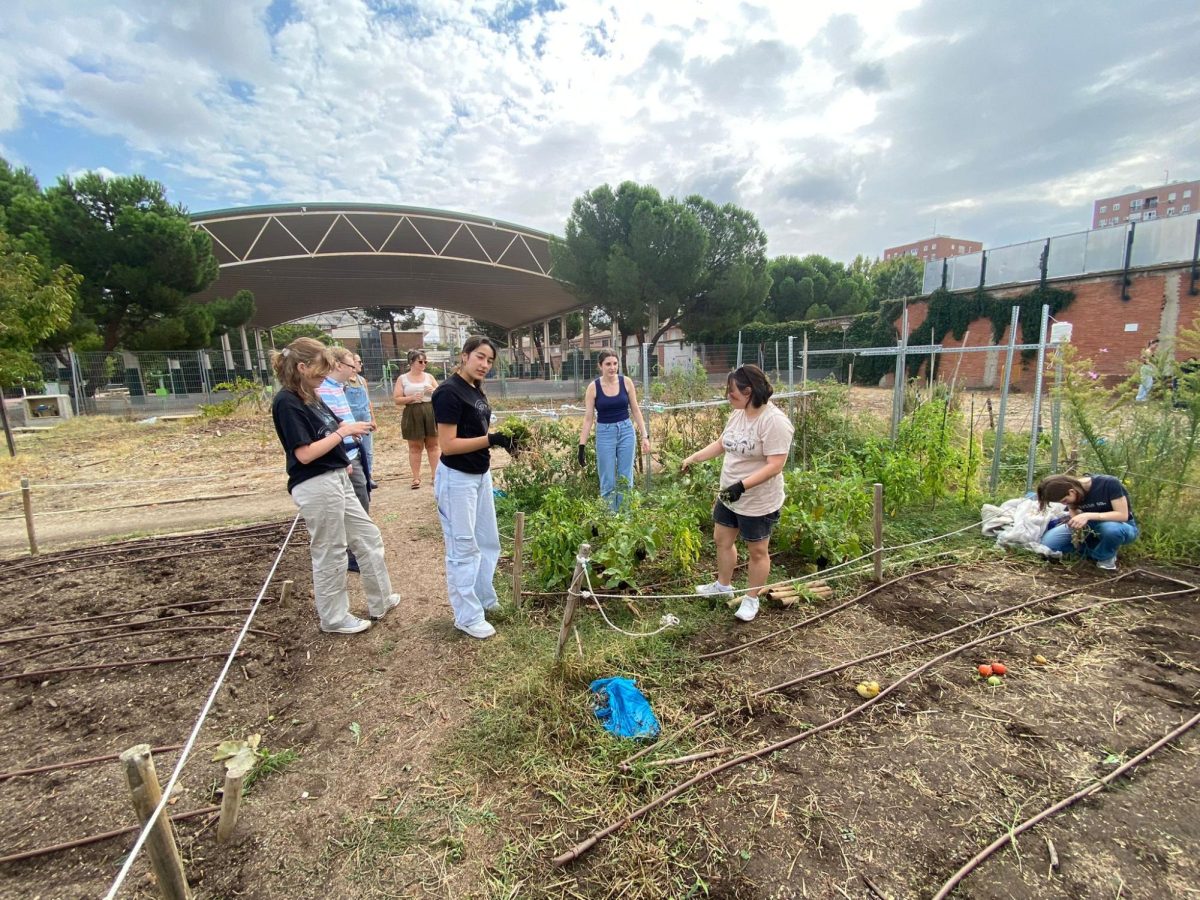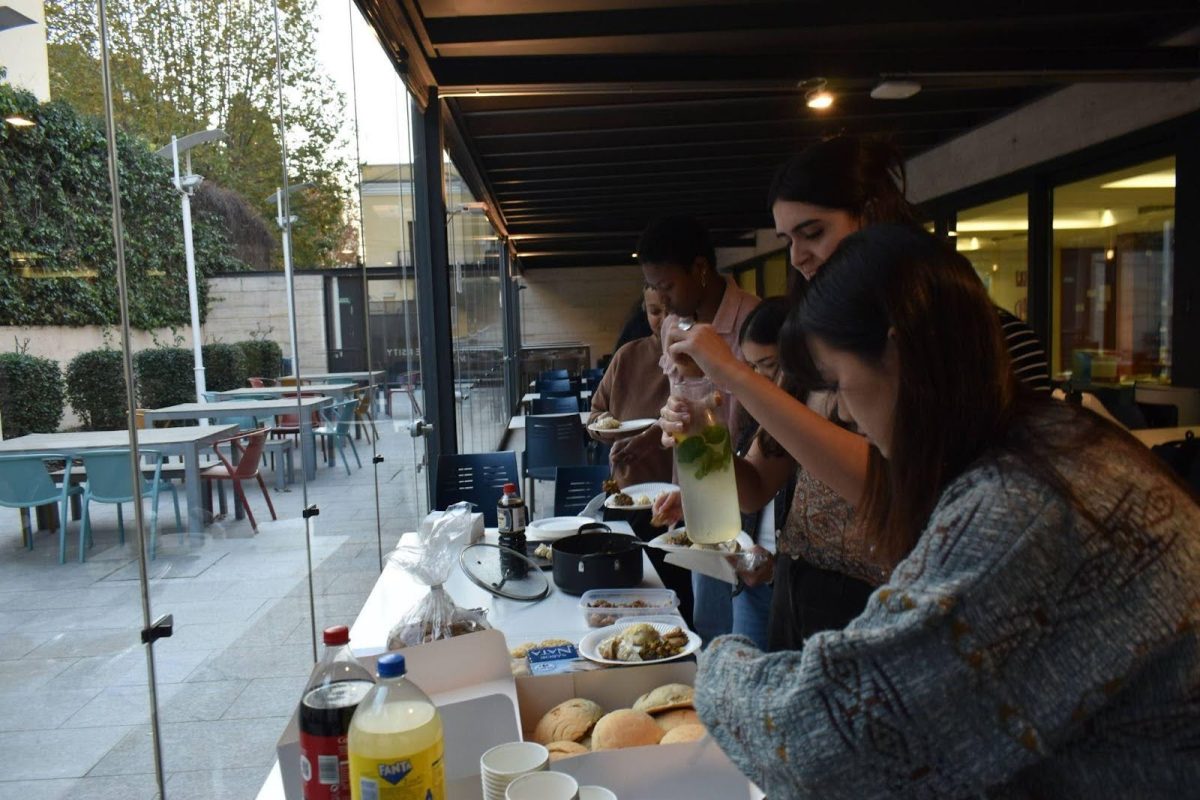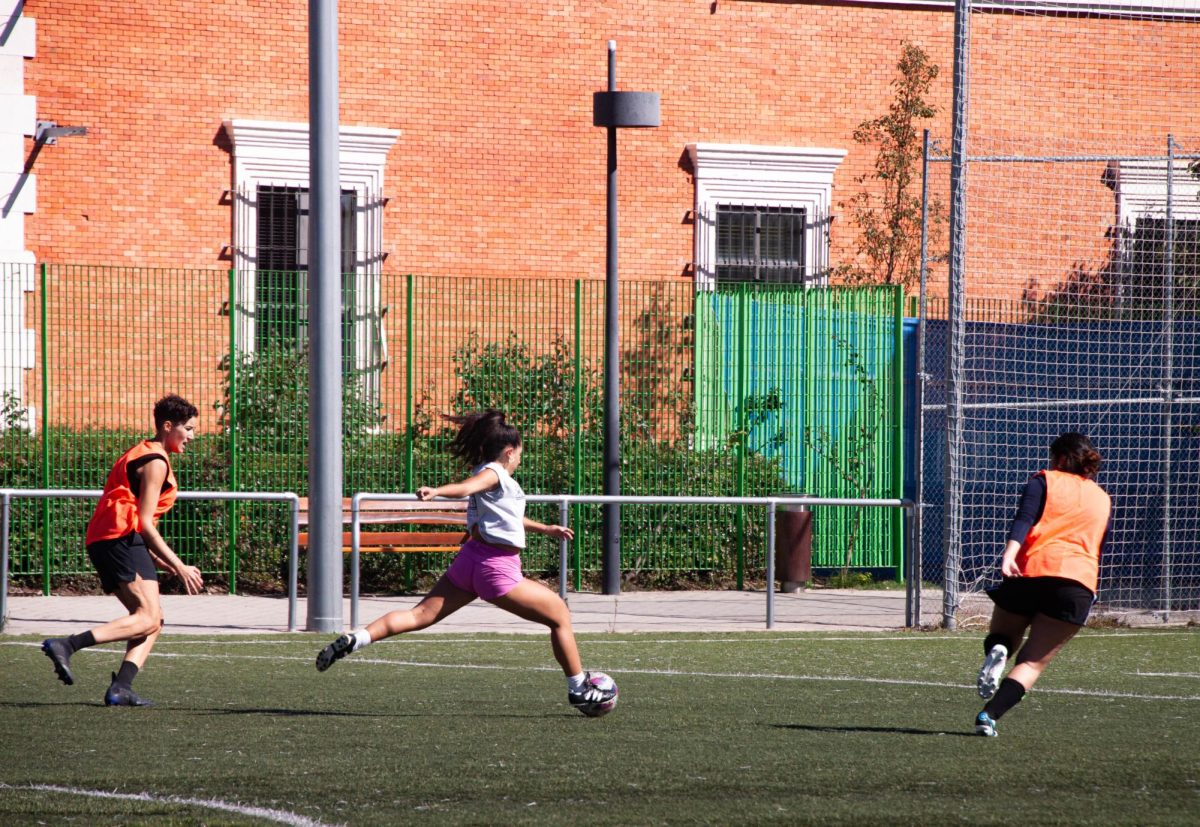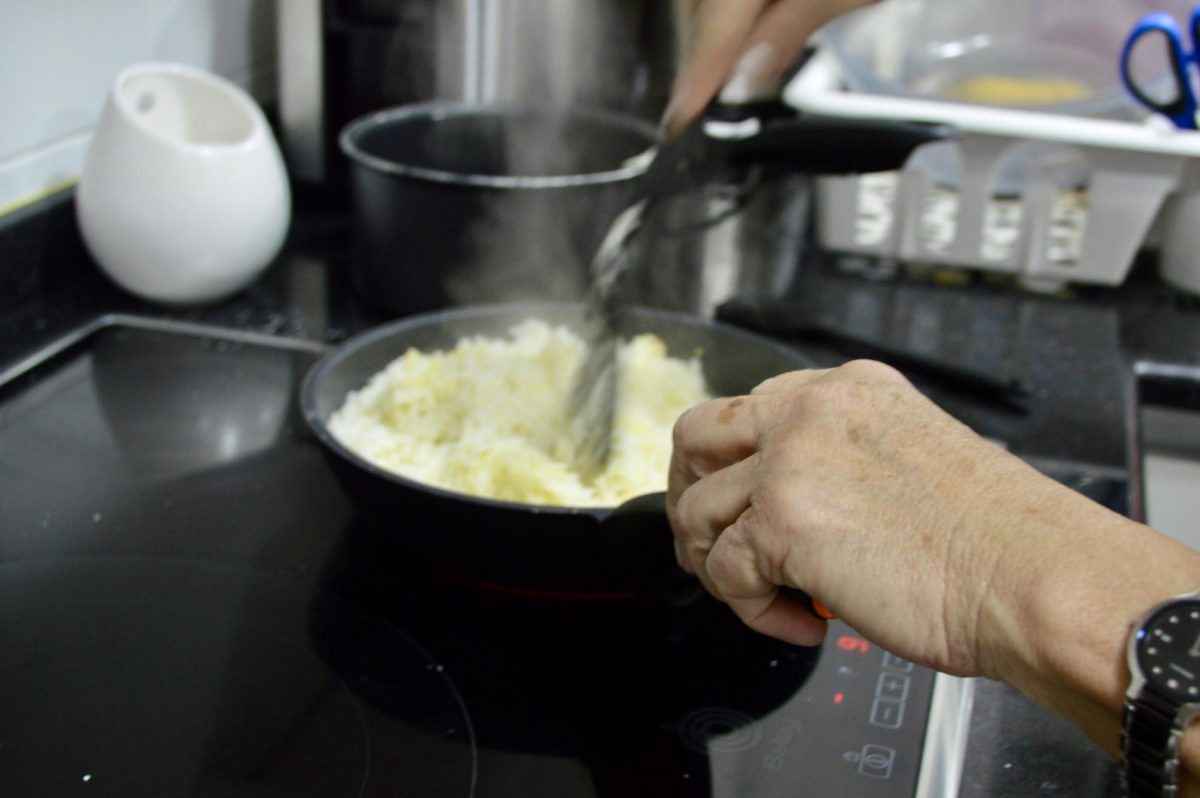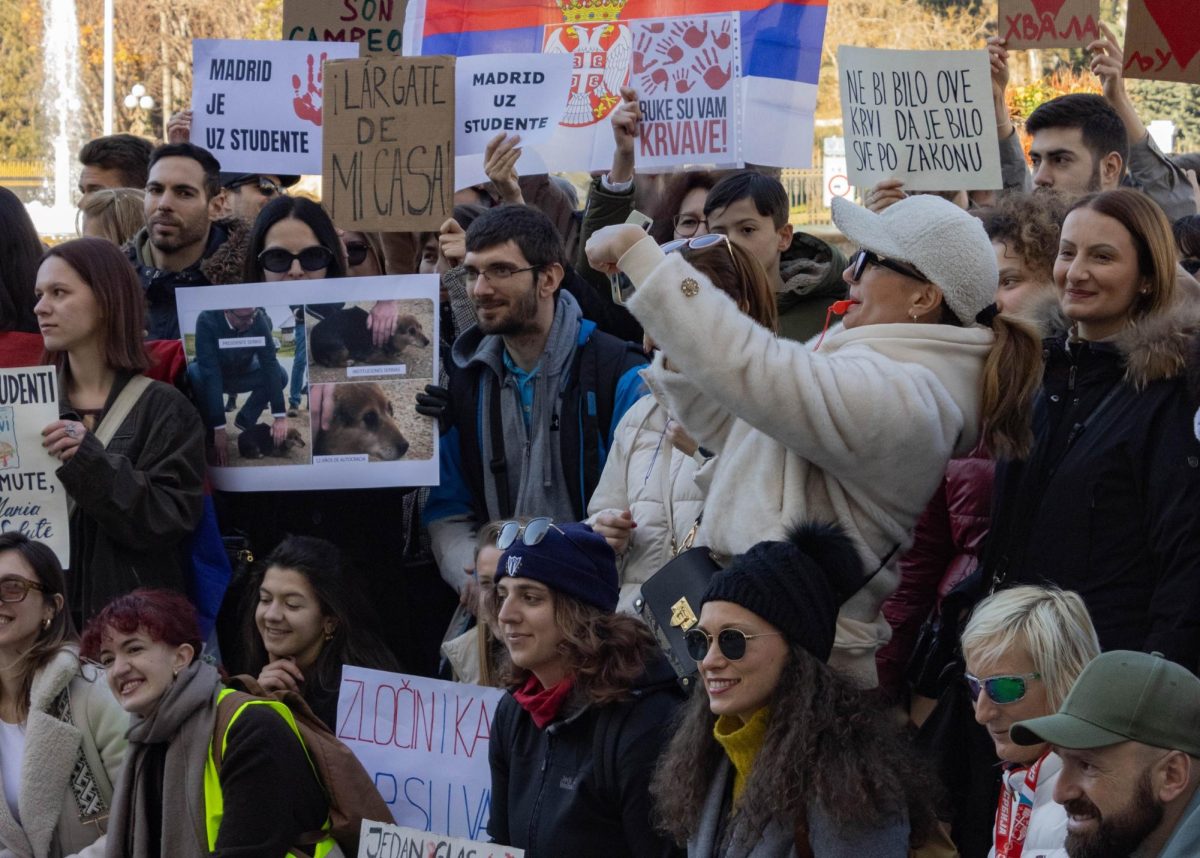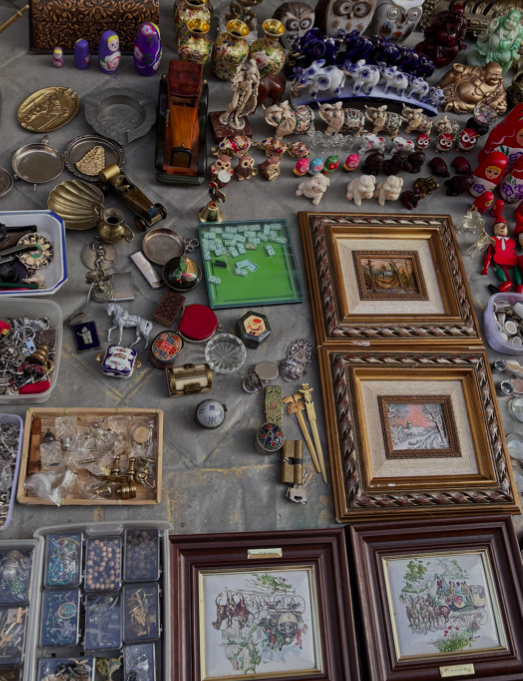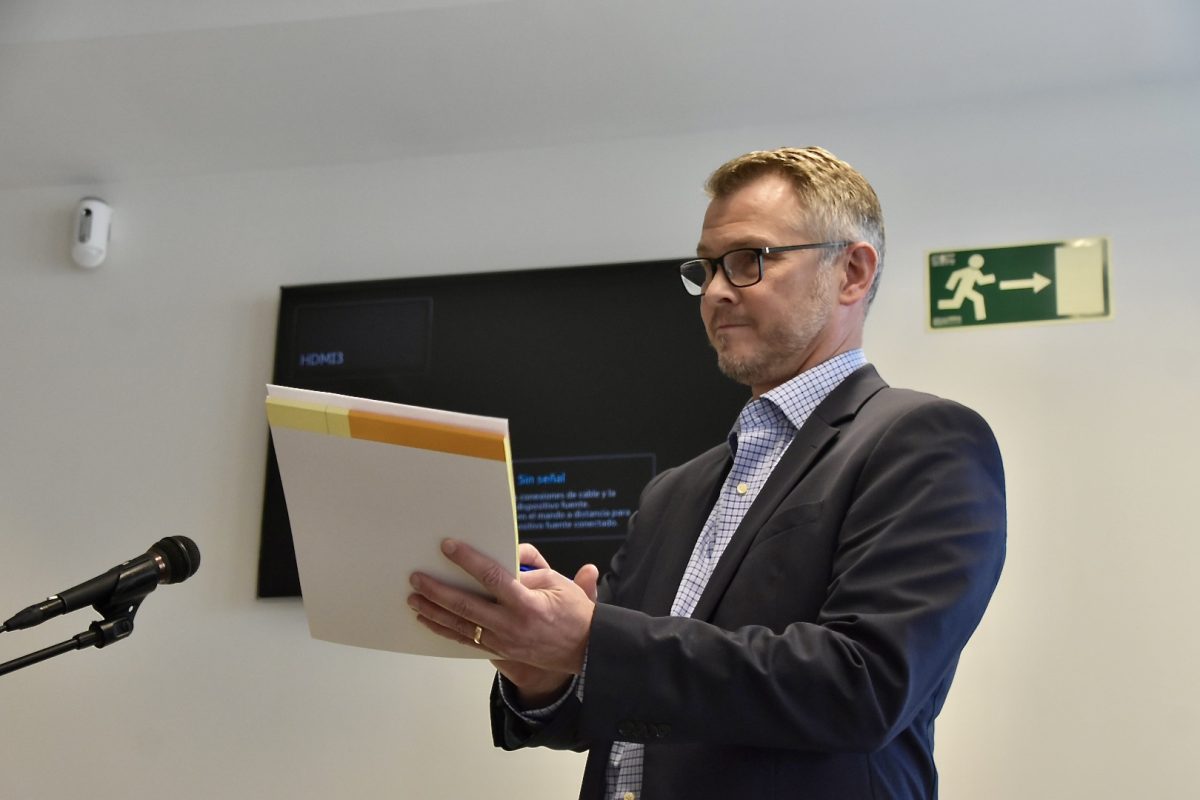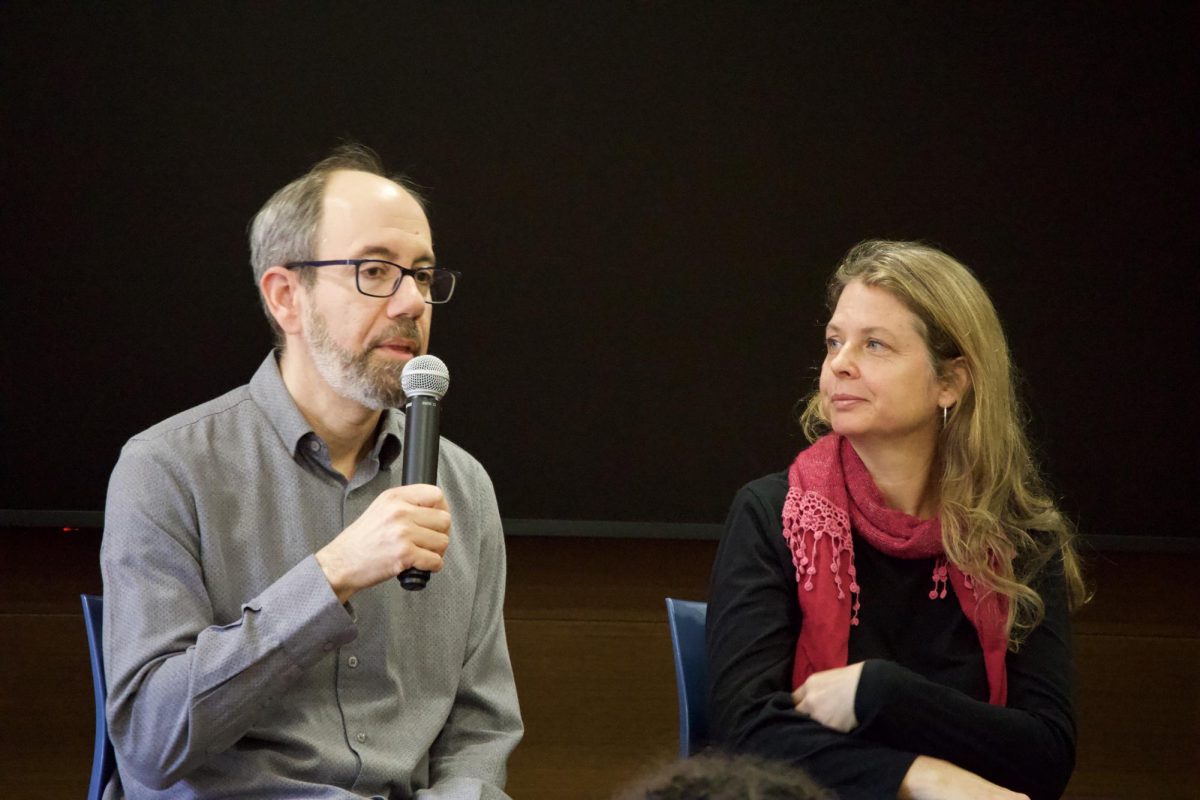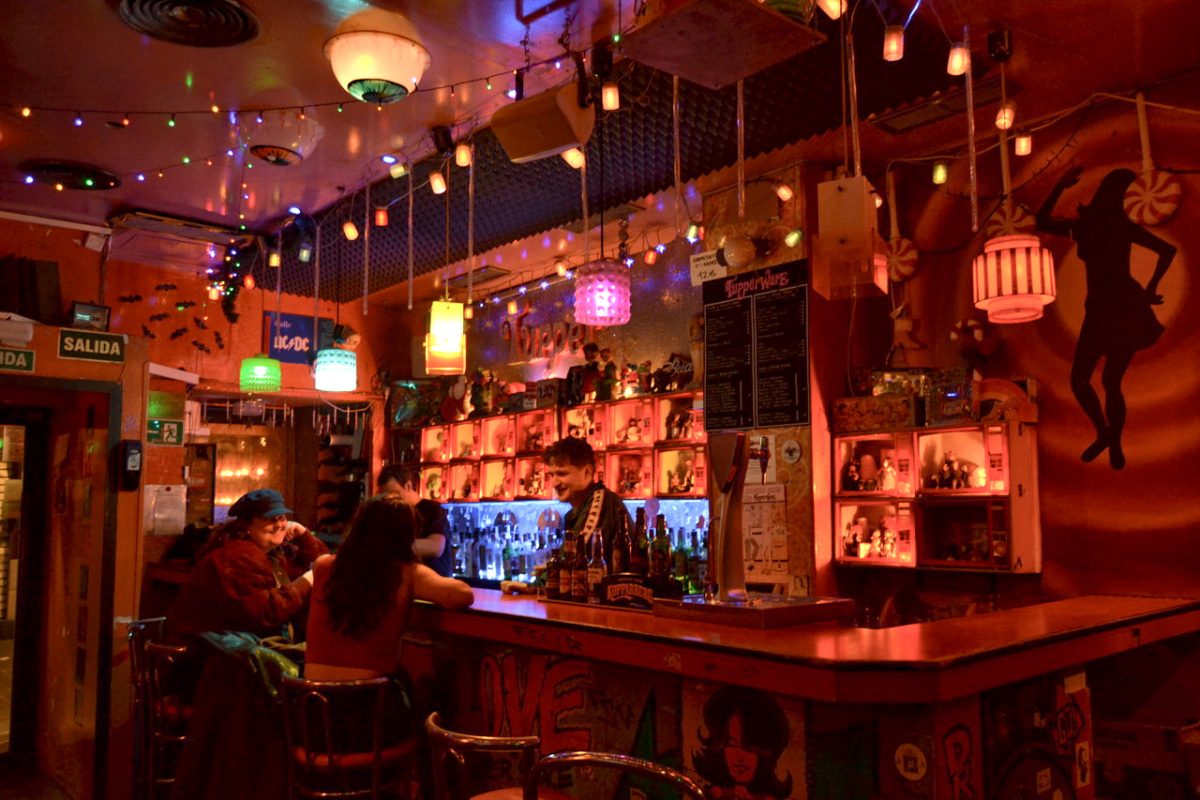At approximately 12:37 PM, Spain was running as normal. Office and store employees were mid-way through the work day, students zoning out in class, and people taking trains on Madrid’s robust metro system.
At about 12:38 PM, the entire country shut down.
“I honestly just shrugged and took out my trash,” said Cat Gaa, the communications coordinator for the office of admissions at Saint Louis University’s Madrid campus, describing her initial reaction to the power turning off. The caveat? She works remotely in Sevilla, 2 hours south of Madrid by long distance train. “[I was] convinced it would be over in 30 minutes.”
10 hours later, at about 10:30 PM, her lights finally turned back on.
Millions of Spanish, Portuguese and a handful French residents experienced nationwide power outages on Monday, April 28th leaving them with virtually no access to internet, electricity, or most forms of transportation. According to the Spanish government, there was no apparent cause for the blackout, although a cyberattack was ruled out as a possibility.
Gaa recounted having just finished back-to-back department meetings when her computer monitors suddenly shut off, alongside her internet. With the highly anticipated Feria de Abril coming up, she had assumed that it was a routine test from the city to make sure that Sevilla’s power grid could sustain itself.
Some time would pass before Gaa, much like the rest of the Iberian peninsula, would realize that it was likely going to be an entire day’s event, or possibly longer than that. While Gaa was already at home, many were unlucky to have found themselves stuck halfway through their commute.
“I was on my way to my 1 p.m. class, chatting on the phone with my mum about the job interview I had scheduled later that day. As the metro rumbled between Opera and Santo Domingo, it suddenly jerked to a halt,” said Lara Mitchell Guirao, a senior at SLU-Madrid. “My call with my mum was cut off mid-sentence.”
Mitchell Guirao doesn’t describe herself as one to typically experience claustrophobia or panic attacks, but this time around was different. The combination of being stuck underground and without any form of communication made for a perfect storm of worst case scenarios.
“Strangers rallied around me, pressing on pressure points, giving me water, elevating my legs,” says Mitchell Guirao. “It felt like hours.”
Alex Mulder, a freshman at SLU-Madrid, shared the same feelings of confusion and uncertainty as to what was happening; and the lack of cell phone service was not helping to ease that confusion.
“I didn’t realize it was going to be the apocalypse outside,” said Mulder. “I had heard the bus driver say ‘madre mia, que peligro’ but I still didn’t understand the gravity of what had occurred.” It was only after finally arriving at San Ignacio Hall would Mulder realize what had happened, with the herd of students aside from the “usual smokers” talking about the situation.
While several university students worried about their classes, assignments, and finding food that wouldn’t spoil, parents such as Gaa had the worry of how their children would fare in a widespread power outage at the forefront of their minds.
“Having experienced the pandemic with an infant and toddler in 2020, my immediate thought was on my kids,” said Gaa. She then described that another mother was at the school at the time of the outage, and reported back to Gaa that all of the kids were safe. She, like a lot of students, were worried about the food in their fridge and a potential loss of access to water.
“I was also nervous about water being shut off, so I filled up every available water bottle and stuck it in the fridge,” said Gaa. “The ice cream did not survive, but everything else did.”
Hundreds of Madrid’s residents flocked to grocery stores and alimentaciones (corner stores) to stock up on any non-perishable food left with piles of spare change they could scrounge up around their homes, as ATM machines were also affected by the power outage.
For students who were not fortunate to have enough spare change laying around, they were stuck making meals with what they already had in their cabinets. For Mulder, his three meals for the day consisted of the exact same food.
“I made three sandwiches that consisted of Nutella and mixed nuts and those were my breakfast, lunch, and dinner,” Mulder explained. “My dessert was peanut M&Ms.”
Although power was gradually restored for most of Madrid’s residents late into Tuesday night, many of them are still left with either choppy service or none at all. Mulder is one of the ones who’s home still had no power more than 24 hours after the initial shutdown, forcing him to make his way to the university’s campus even though classes were moved to Zoom.
Resemblant of the beginning of the COVID-19 pandemic in 2020, the power outage proved to be a nice (and in many cases much needed) technology break for people, or in Gaa’s case, was still pestered by the Duolingo Owl to complete her daily language lesson. It gave Madrid’s residents time to read, enjoy the warm weather, and enjoy their usual terrace beer and wine.
At nightfall, as several began to brace themselves for the long haul and light candles, the lights in their homes flickered on. Many neighborhoods erupted in cheers and celebrations for surviving the modern day apocalypse.
“The first thing I did was call my mum,” said Mitchell Guirao. “I needed her to know I was safe. I had survived the day Madrid went dark.”
